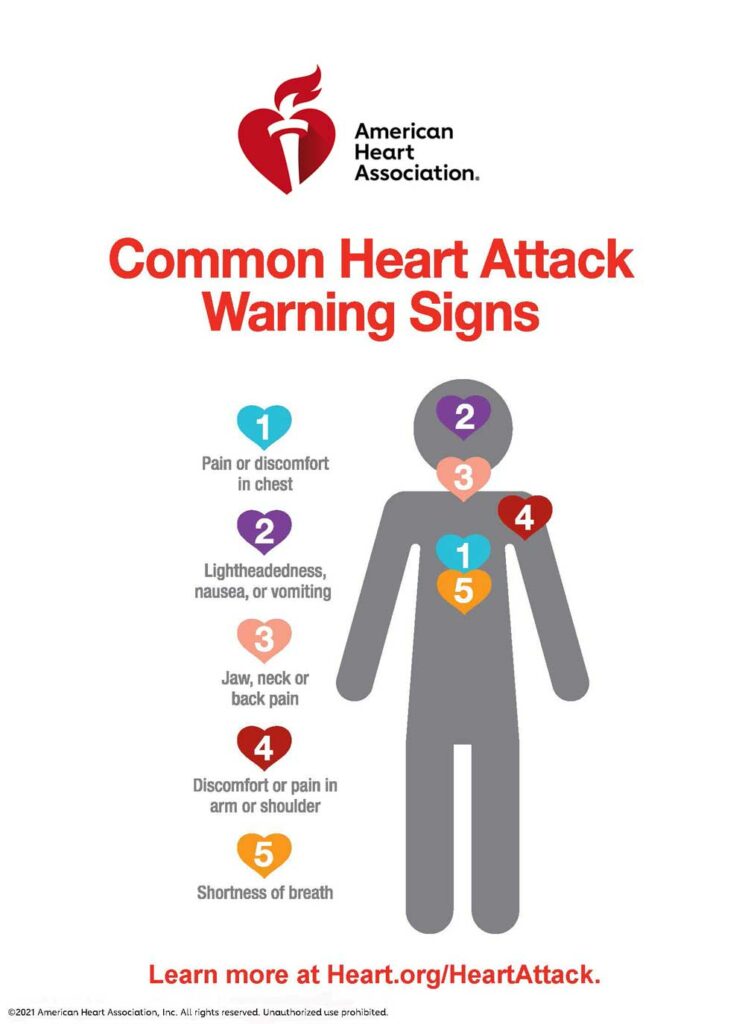According to an article published in The Times Of India, the heart being the center of human existence gives us all the vital energy required for survival. But sadly, due to an unbalanced lifestyle, having a heart condition has become a global issue. Issues of cardiac arrest have increased. Even during the winter too, people having a heart condition are more prone to getting cardiac arrest. So, it is important to identify the situation and take prompt action against it. Timely action can help you to save someone’s life.
Heart Attack And Its Symptoms

According to Dr. Siddhant Jain, who happens to be the Director of Cardiac Sciences at Shalby Hospitals in Indore, some of the symptoms of a heart attack are fullness, uncomfortable pressure, and squeezing. A pressured pain in the chest for over ten minutes is a sign that the person is about to have a heart attack. To check the symptoms identify the discomforts quickly across the different parts of the upper body of the person. Discomfort or pain in the arms, stomach, neck, back, and jaw are some prominent symptoms. Shortness of breath is an indicator of a heart attack as well.
Things To Do When A Person Is Showing Symptoms Of A Heart Attack
- Pulse Check
When the person is heavily breathing, the thing to do immediately is to check his pulse. Put two fingers either on the wrist of the person or the neck and observe if you can feel any steady and strong heartbeat. You can even put your ears on the chest of the person to know the heartbeat. If the person seems to be unconscious and is not breathing or his heartbeat cannot be felt then start CPR immediately.
- CPR
Dr. Jain advises that if the person is gasping or even not breathing, immediately begin CPR. CPR happens to be a chest compression to allow the pumping of blood and oxygen into the brain and the heart and rescue breathing.
- Take The Person To The Hospital Immediately
If someone is having a cardiac arrest, call an ambulance immediately. A very prompt response is needed so that the appropriate action can be taken on time and the life gets saved. If somehow you cannot get an ambulance then try to take him to a nearby hospital in some way. Ensure following the guidelines given by the local healthcare assistant or EMS to take the best action.
- Use An AED
An Automated External Defibrillator happens to be a device that gives a shock to the heart to start the heartbeat again. It can be used easily and is a very important tool during cardiac arrest.
- Carry On With The CPR
Dr. Jain says that even after using the AED if the heartbeat does not begin to function, you must carry on with the process of CPR till the time medical assistance arrives. Keep your effort in reviving the person so that when the medical assistance arrives, it fructifies the chances of the person’s survival. Always continue the CPR even if the AED has failed to revive the person.
